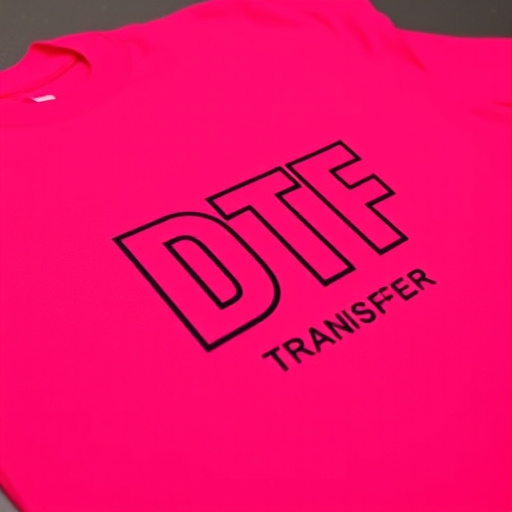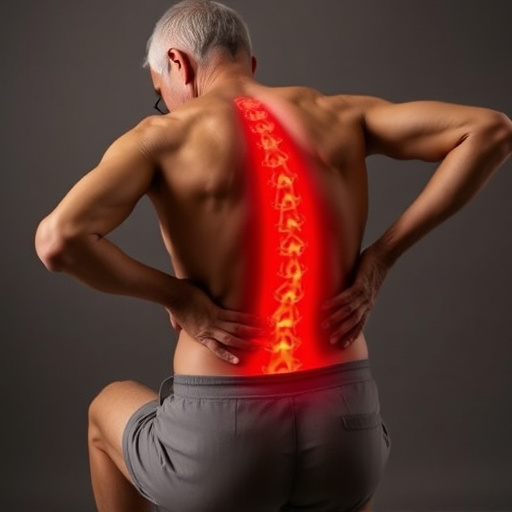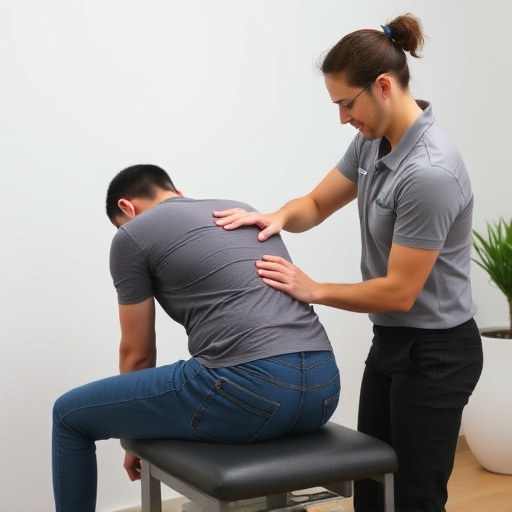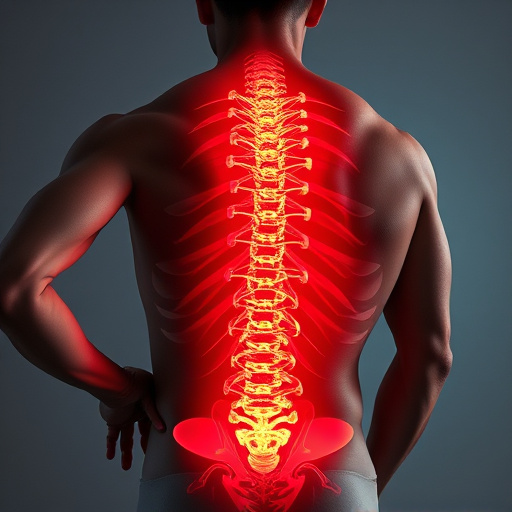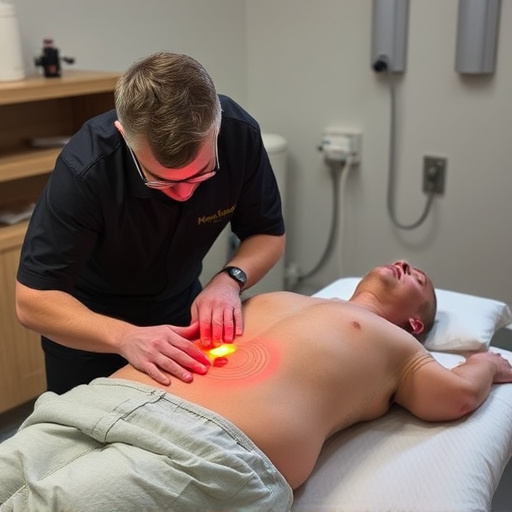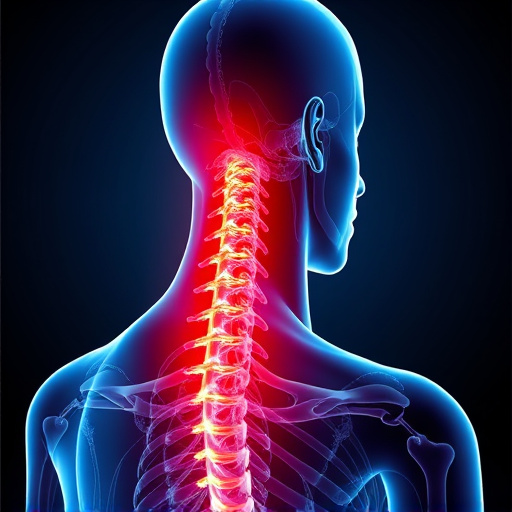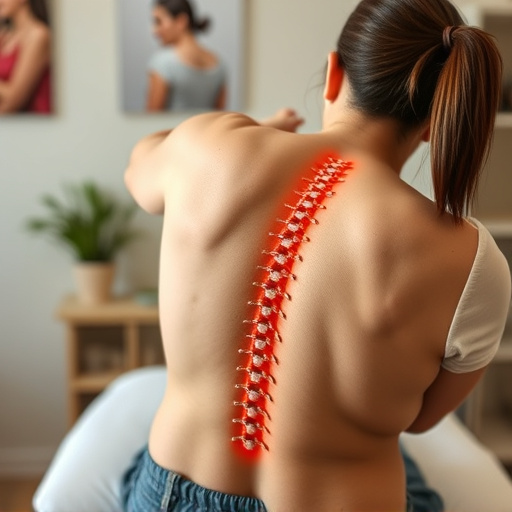Pinched nerves, caused by compression or trapping, affect all ages and result from various factors like repetitive motions, poor posture, muscle strain, or structural spine abnormalities. Symptoms vary by affected area. While acute injuries contribute, chronic conditions are often culprits exacerbated by poor ergonomics. Effective pinched nerve relief involves rehabilitation exercises, prevention strategies, and advanced therapies like shockwave therapy. Personalized recovery plans consider medical history, symptom severity, and lifestyle, combining physical therapy, spinal adjustments, and targeted exercises. Holistic approach includes better posture, low-impact exercises, ergonomic practices, stress management, and adequate sleep for long-lasting pinched nerve relief.
Struggling with persistent pinched nerve pain? Discover the power of Guided Recovery Plans for consistent and lasting relief. This comprehensive guide explores the causes and symptoms of pinched nerves, empowering you to create personalized recovery plans. Learn effective lifestyle changes proven to enhance healing and prevent future occurrences. Take control of your well-being and bid farewell to pinched nerve discomfort naturally.
- Understanding Pinched Nerves: Causes and Symptoms
- Creating Personalized Recovery Plans for Effective Relief
- Integrating Lifestyle Changes for Long-Lasting Pinched Nerve Healing
Understanding Pinched Nerves: Causes and Symptoms
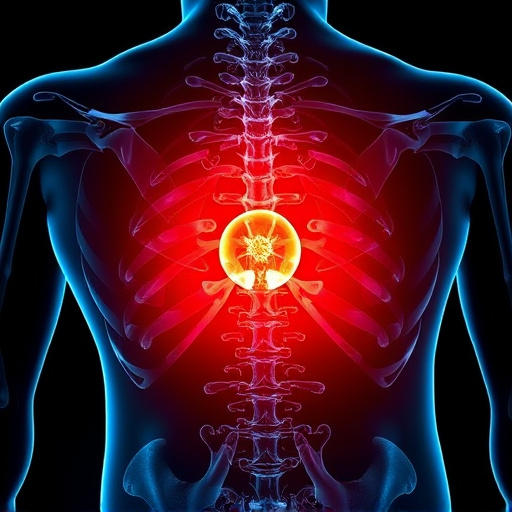
Pinched nerves, a common issue affecting individuals of all ages, occur when a nerve is compressed or trapped at a point along its pathway. This compression can be caused by various factors such as repetitive motions, poor posture, muscle strain, or even structural abnormalities in the spine. Symptoms of a pinched nerve vary depending on the affected area but often include tingling, numbness, sharp pain, or weakness in the limbs. For instance, a pinched nerve in the wrist may lead to symptoms radiating down the arm, while a herniated disc in the lower back could cause sciatica—a condition characterized by intense leg pain that radiates from the hip down to the foot.
While acute injuries like accidents might also contribute to pinched nerves, chronic conditions are often at play. Poor ergonomics in the workplace or during leisure activities can lead to prolonged pressure on nerves, resulting in long-term discomfort and potential nerve damage if left untreated. Post-accident rehabilitation plays a crucial role in managing pinched nerve relief, focusing on exercises that promote mobility, strengthening nearby muscles, and adopting strategies to prevent future occurrences. In some cases, advanced therapies like shockwave therapy for pain can offer additional support as part of a comprehensive treatment plan, aiding individuals in regaining consistent relief from pinched nerve symptoms.
Creating Personalized Recovery Plans for Effective Relief
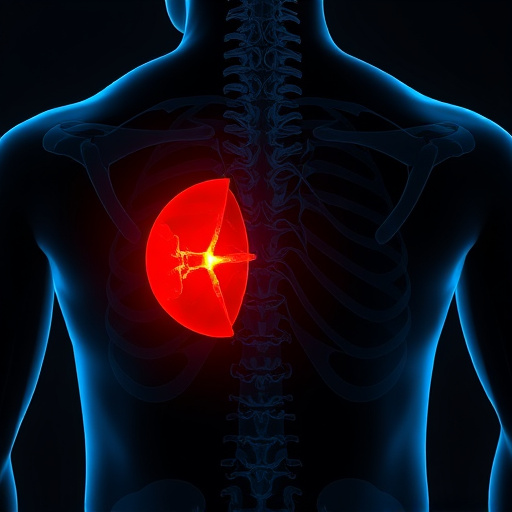
Creating personalized recovery plans is essential for achieving effective pinched nerve relief and a speedy return to daily activities after an auto accident or other traumatic event. Every individual’s experience with pinched nerves differs, so one-size-fits-all approaches won’t cut it. A comprehensive plan tailored to the patient’s unique situation, including their medical history, severity of symptoms, and lifestyle, is key to success. This involves a collaborative effort between patients and healthcare professionals, combining various treatments like physical therapy, spinal adjustments, and targeted exercises.
Personalized plans can include strategies such as modifying daily routines to alleviate pressure on affected areas, incorporating ergonomic solutions at work or home, and adopting specific stretches or strengthening exercises to support healing. Additionally, post-accident rehabilitation plays a vital role in managing pain and improving mobility. By combining these approaches, individuals can proactively manage their pinched nerve symptoms, enhance their overall well-being, and reclaim control over their daily lives.
Integrating Lifestyle Changes for Long-Lasting Pinched Nerve Healing
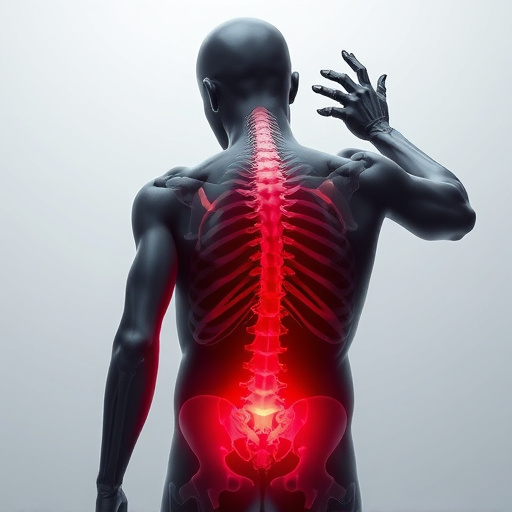
Guiding yourself through a pinched nerve recovery plan doesn’t stop at treating symptoms; it’s about fostering long-lasting relief through lifestyle changes. Beyond medical interventions, incorporating adjustments in your daily routine can significantly aid muscle recovery and prevent future pinched nerve episodes. This includes adopting better posture to reduce strain on nerves, engaging in regular low-impact exercises to enhance flexibility and strengthen supporting muscles, and prioritizing ergonomically sound practices at work and home to minimize recurring compression.
Integrating holistic approaches like stress management techniques and adequate sleep also plays a crucial role in post-injury care. These strategies promote overall well-being, enabling your body to effectively heal and adapt. Remember, consistent commitment to these lifestyle modifications is key to achieving lasting pinched nerve relief.
Guided recovery plans, tailored to individual needs and incorporating lifestyle changes, offer a holistic approach to achieving consistent pinched nerve relief. By understanding the unique causes and symptoms, individuals can take proactive steps towards healing. This personalized strategy, combined with sustainable lifestyle modifications, ensures long-lasting results, empowering folks to manage their symptoms effectively.
